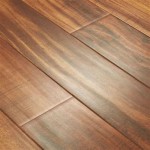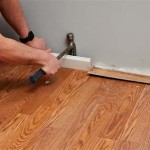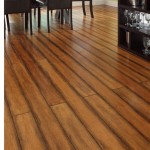Essential Aspects of Flooring For Uneven Floors
Uneven floors can be a challenge when it comes to flooring, but there are a number of options available to help you achieve a beautiful and level surface. Here are some of the most important aspects to consider when choosing flooring for uneven floors:
1. Type of Flooring
The type of flooring you choose will depend on several factors, including the severity of the unevenness, the amount of traffic the floor will receive, and your budget. Some of the most popular options for uneven floors include:
- Laminate flooring: Laminate flooring is a durable and affordable option that can be installed over uneven subfloors. It is available in a wide variety of styles and colors, so you can find the perfect match for your home.
- Vinyl flooring: Vinyl flooring is another durable and affordable option that is easy to install. It is also waterproof, so it is a good choice for areas that are prone to moisture.
- Tile flooring: Tile flooring is a classic choice for uneven floors. It is durable, easy to clean, and available in a wide variety of styles. However, it can be more expensive than other flooring options.
2. Subflooring
The subflooring is the layer of flooring that is installed beneath the finished flooring. It is important to choose a subflooring that is strong enough to support the finished flooring and that will help to level out the unevenness of the floor. Some of the most common types of subflooring include:
- Plywood: Plywood is a strong and durable subflooring material that is available in a variety of thicknesses. It is a good choice for areas that will receive a lot of traffic.
- OSB: OSB is a less expensive alternative to plywood that is also strong and durable. It is a good choice for areas that will not receive as much traffic.
- Concrete: Concrete is a very strong and durable subflooring material that is often used in commercial buildings. It is not as common in residential buildings, but it can be a good option for areas that will receive a lot of traffic.
3. Installation
The installation of flooring for uneven floors is a critical step in ensuring that the floor is level and durable. It is important to hire a qualified flooring contractor who has experience installing flooring on uneven subfloors. The contractor will be able to assess the severity of the unevenness and recommend the best course of action. They will also be able to properly install the flooring and ensure that it is level and secure.
4. Maintenance
Once your flooring is installed, it is important to maintain it properly to ensure that it lasts for many years to come. This includes sweeping or vacuuming the floor regularly, and mopping it with a mild cleaner when necessary. You should also avoid using harsh chemicals or abrasive cleaners on the floor, as these can damage the finish.
5. Cost
The cost of flooring for uneven floors will vary depending on the type of flooring you choose, the size of the area to be floored, and the complexity of the installation. It is important to get quotes from several different flooring contractors before making a decision. This will help you to ensure that you are getting the best possible price for your flooring.

Flooring Installation Options For Uneven Floors Ub Hardwoods Blog

Lvp Lvt And Engineered Hardwood Floors For Uneven Surfaces

Floating Floors The Best Floor For Uneven Surfaces

Best Underlay For Uneven Sub Floor Flooring Underlayment

Laminate Or Vinyl Plank What Works Better Over An Uneven Subfloor

A House With Uneven Floors What To Consider Rocket Mortgage

Can We Install Laminate Flooring On An Uneven Floor Singapore

Tiling On Uneven Floors Stonesuper

Floor Levelling Explained An Expert Guide Craftedforlife

Finding Solutions For Your Uneven Floors
Related Posts








